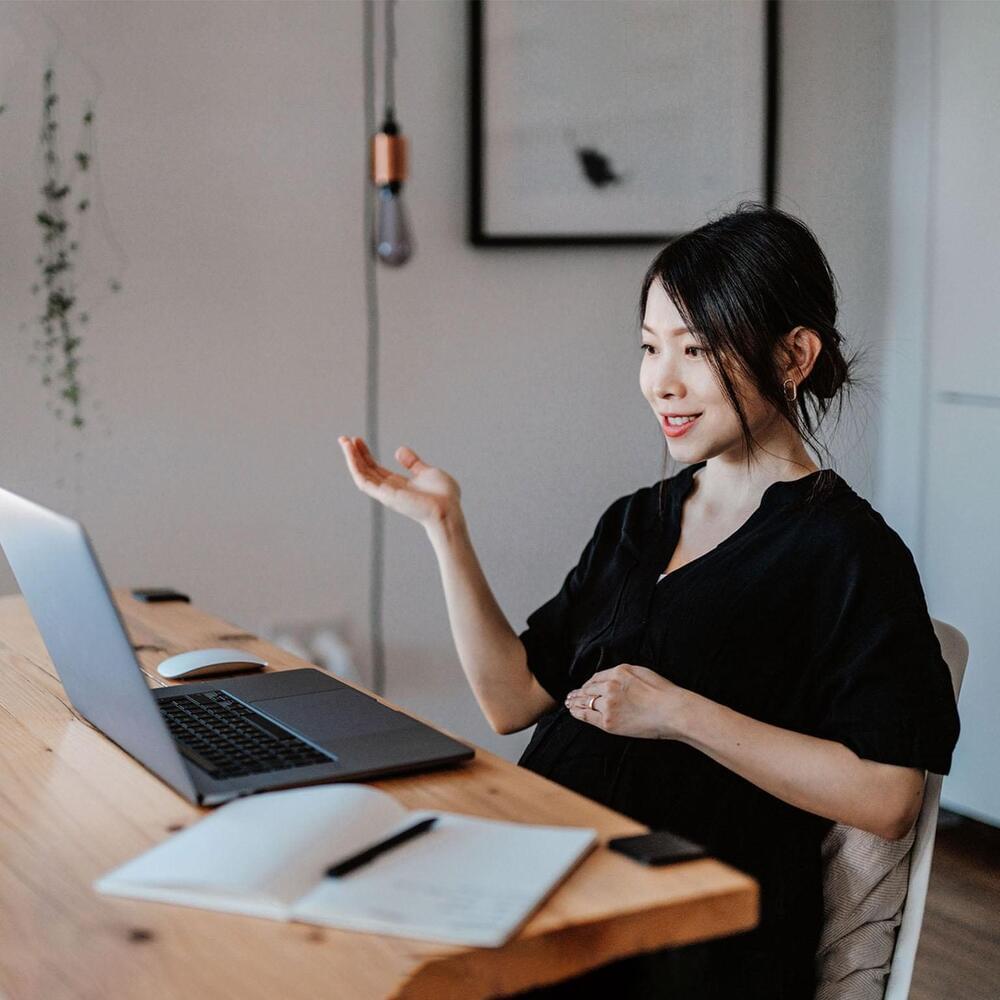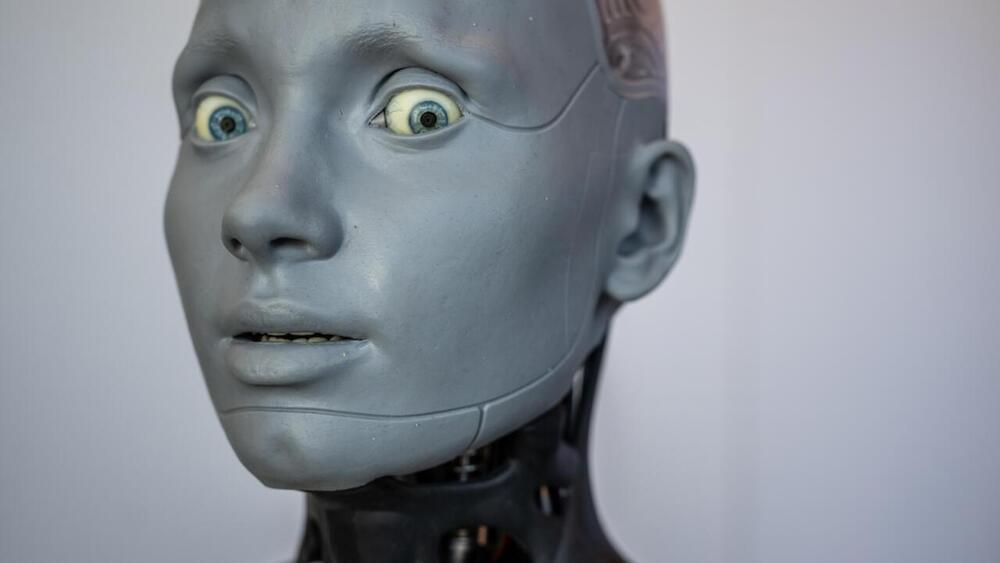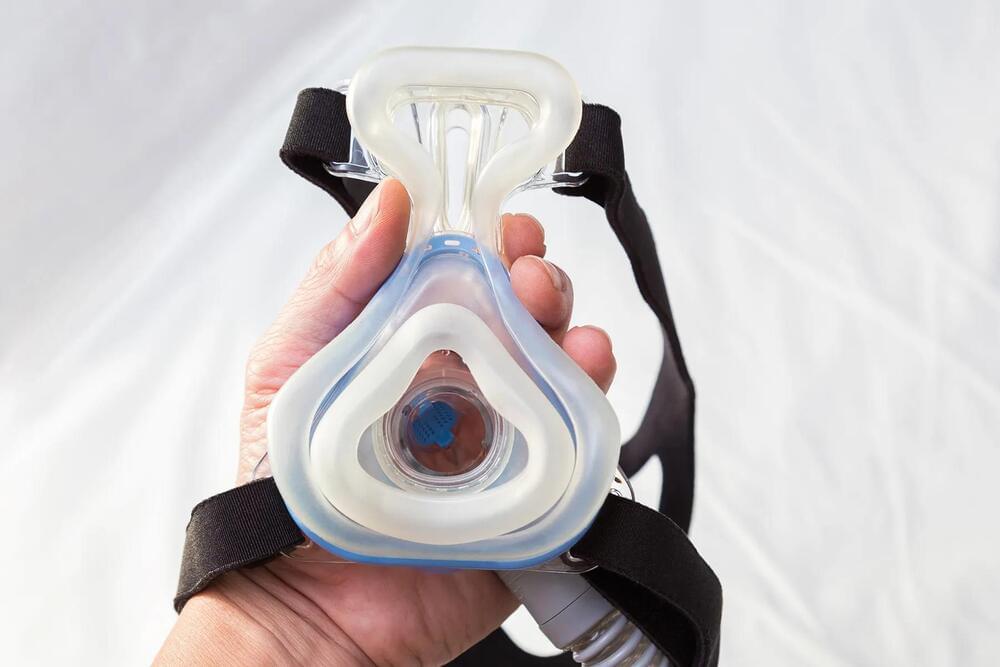Although there are several methods of 3D-printing metal objects, all of them involve the application of heat – which isn’t conducive to producing certain heat-sensitive electronics, among other things. A new gel, however, can be used to print such items at room temperature.
Created by a team of scientists at North Carolina State University, the material starts out as a solution consisting of copper microparticles suspended in water. Microparticles of another metal, known as eutectic gallium indium alloy (EGaIn) are then added, as is hydrochloric acid.
The latter sets the pH of the water to 1.0, removing oxides from the EGaln and thus temporarily turning it to a liquid-metal state. This causes the EGaln particles (now globules) to cling to the firmer copper particles, forming a network of copper particles connected by EGaln bridges. Methylcellulose is also added, to bulk up the mixture.








